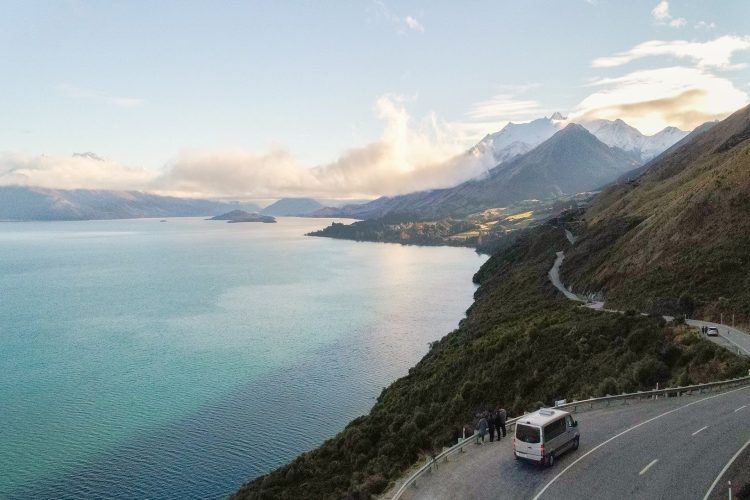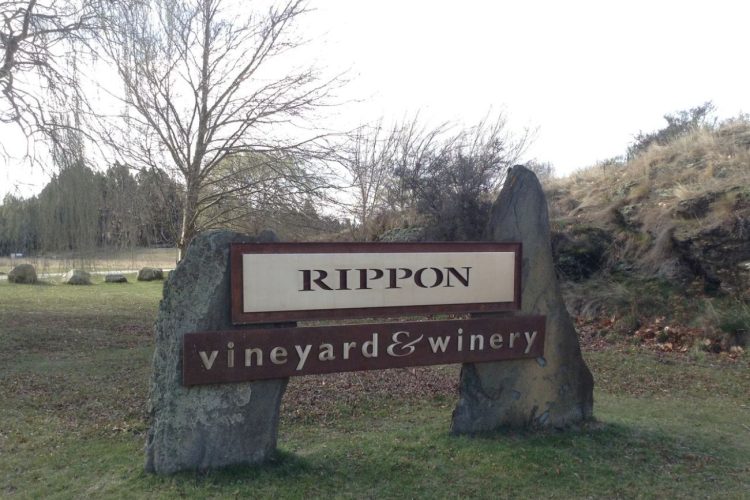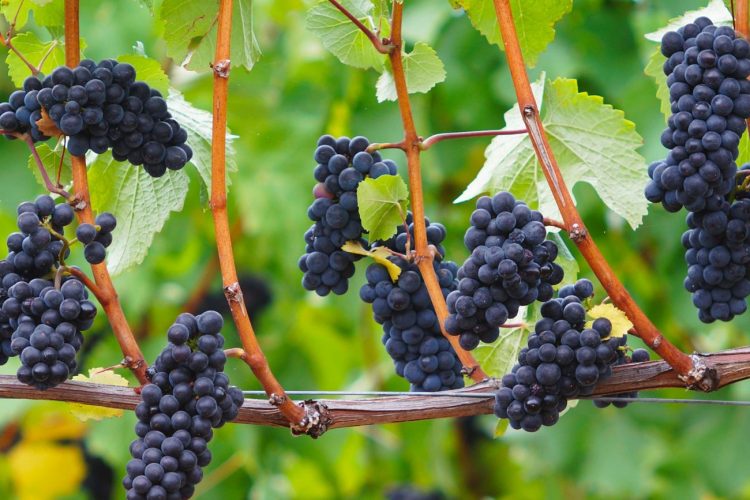Central Otago stands alone in New Zealand as being the only true “continental” climate for wine growing, whereas the rest of the country’s regions are classified as “maritime”. Protected on all sides by mountain ranges from the influences of the large oceans that surround New Zealand the weather in Central Otago is predominantly more settled than the rest of the country. One of the most obvious continental influences is the large variations in temperature both seasonally and daily. Central Otago provides almost perfect grape growing conditions.
The summers in Central Otago are typically very hot and dry (average rainfall is between 375 and 600 mm per annum compared to 1,200 mm in Auckland) while winters are cold and a couple of times a year it will even snow on the vines (see our pages on understanding viticulture to understand the impact of large variations in weather on growing grapes). Autumns are long and the low humidity lowers the risk of the grapes getting diseases such as grey rot.
AT RISK OF FREEZING
Frost is perhaps the biggest challenge to growing grapes in the Central Otago region and vineyards are selected not only for their soil types and sun exposure but also their natural frost protection. The vineyards in the lower valleys are more susceptible to frost than those higher up, but the closer the vineyards are to larger bodies of water (Lake Wanaka, Lake Dunstan, the Clutha River and the Kawarau River) the more protected they are. Unfortunately though, no vineyard is protected completely and vineyard managers will go to all extents to protect the vines from frost during flowering in the spring and the final days of harvest in the autumn. Everything from large oil burning kilns distributed amongst the vines to warm the air, to windmills that keep the air rotating, to the modern, most popular solution, the use of helicopters hovering over the vines to keep the air circulating. Locals living in and around vineyards complain that during frost seasons living in the countryside can be anything but peaceful as helicopters buzz above the vines during the early hours of the morning!
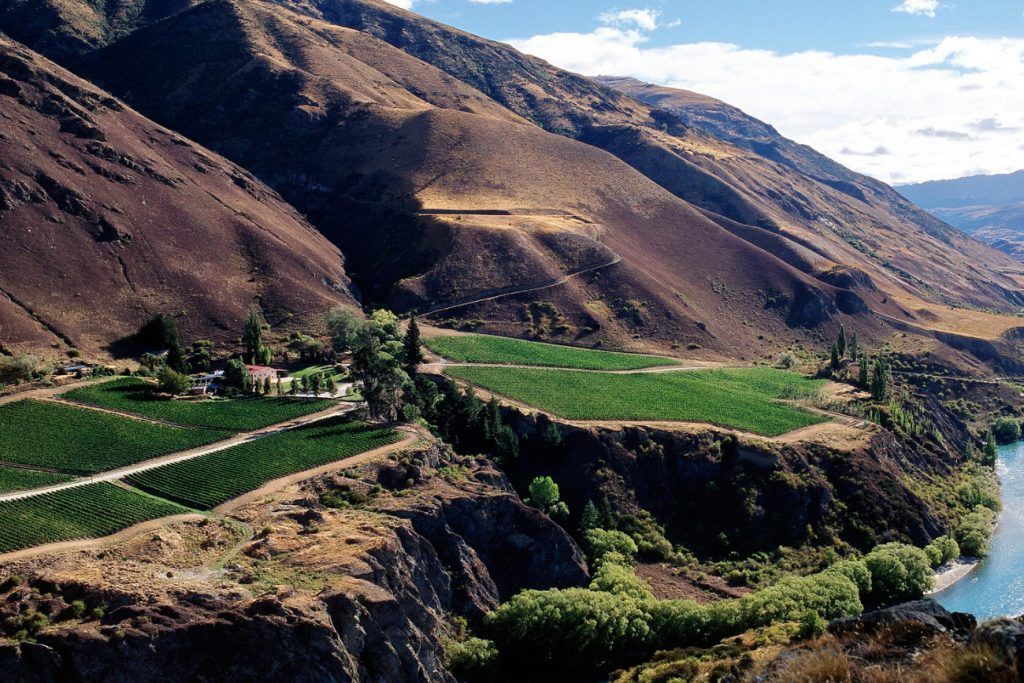
Centrally Otago vineyards have been famously described as vineyards on the edge. Not only for the rocky outcrops and some of the precariously placed vineyards (typified perhaps most notoriously by the placement of Chard Farm on a rocky outcrop straddling both Gibbston valley and the Wakatipu Basin) but more importantly because of the extreme climate with which the grapes are grown. While Bannockburn, Bendigo, Alexandra, and Cromwell are generally accepted as providing adequate growing conditions, Gibbston and Wanaka are regarded as marginal at best. Many will argue that only one out of three vintages produce fruit ripe enough. However, those that grow in Gibbston – including Alan Brady who is regarded as the founding father of Central Otago wines – believe to the contrary, and that all that is required is a steady hand, strong heart and healthy dose of patience to wait that extra ten days to two weeks until the grapes completely ripen, compared to the other Central Otago sub-regions. Patience they argue, leads to much more delicate, finer wines. (find out more about Alan Brady on our page introducing the founding father of Central Otago wines here)
A MADDENING WIND
Another big factor in the Central Otago wine growing ecosystem is an often predominant Nor’West wind. The strong “Foehn Wind” hammers the eastern South Island during summer and is caused by the mountainous Southern Alps shielding the westerly winds coming off the Southern Ocean and stormy Tasman Sea, causing rain on the West Coast and forcing warm dry air down the mountains and on to the eastern plains. In Canterbury (region around Christchurch) and Wanaka it is said the relentless Nor’wester drives people mad. In wine growing regions the Nor’wester can be absolutely damaging to a vintage during flowering, causing the fruit to not set properly. Elsewhere in the world some of the famously known Foehn Winds include the Chinook in the North American Rocky Mountains, the Heml in England, the Terral in Southern Spain and the Zonda in Argentina amongst many others.
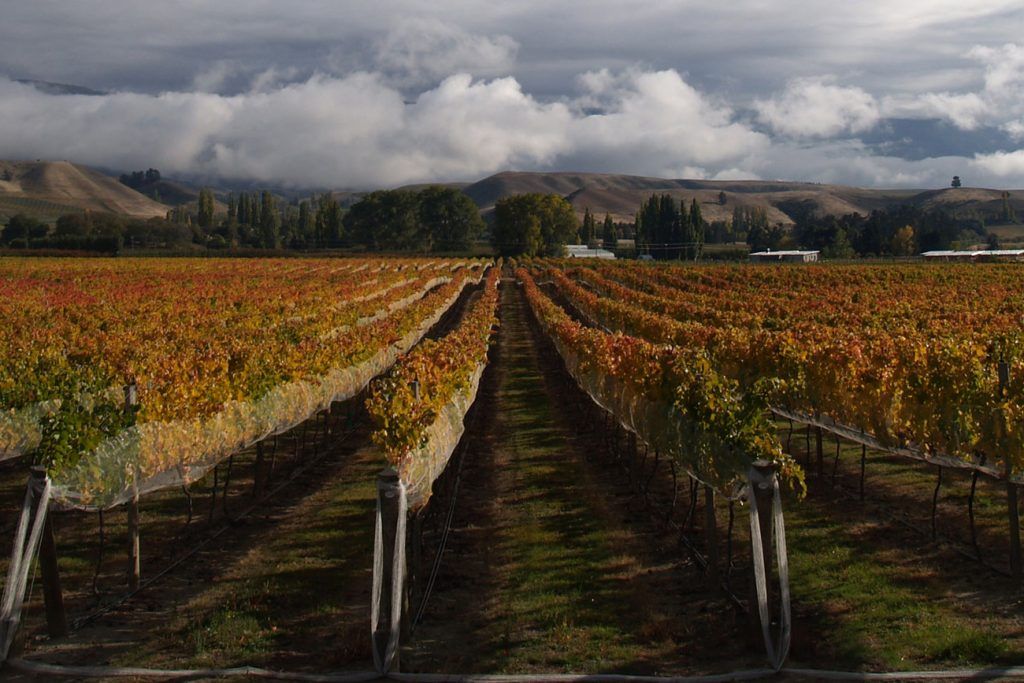
THE PERFECT SOIL
There is the climate, there is the grape variety, there is the growing methods, there is the sunshine, and of course there is the soil (see our pages on understanding viticulture) which all goes into the mix of growing the perfect grape.
Central Otago soils are absolutely perfect for growing grapes. The soil is like a fine dust, the result of retreating glaciers during the ice ages grinding the regions schist rock. At varying depths the soil (loess) has been washed away leaving river gravel and sand – all making for an easy draining, sieve-like environment causing the vines to bury their roots deep into the soil in search of water.
The low rainfall means that soil maintains a high level of minerals despite it’s fineness. As the vines push deep down into the Central Otago soils they pick up all of the rich slate and schist minerals which are prevalent in the taste of the regions wines. A characteristic which has made Central Otago wines so well respected internationally and in New Zealand.
